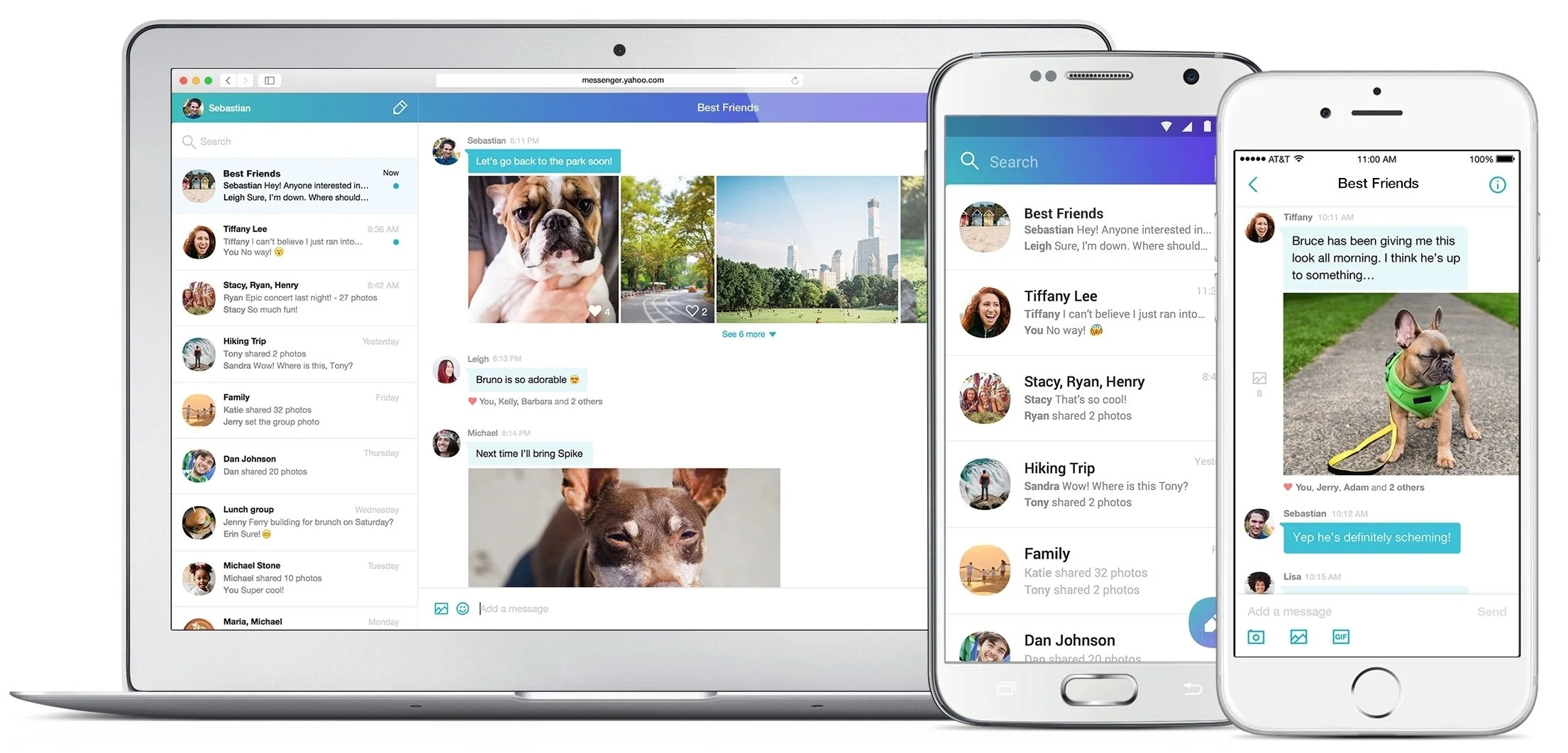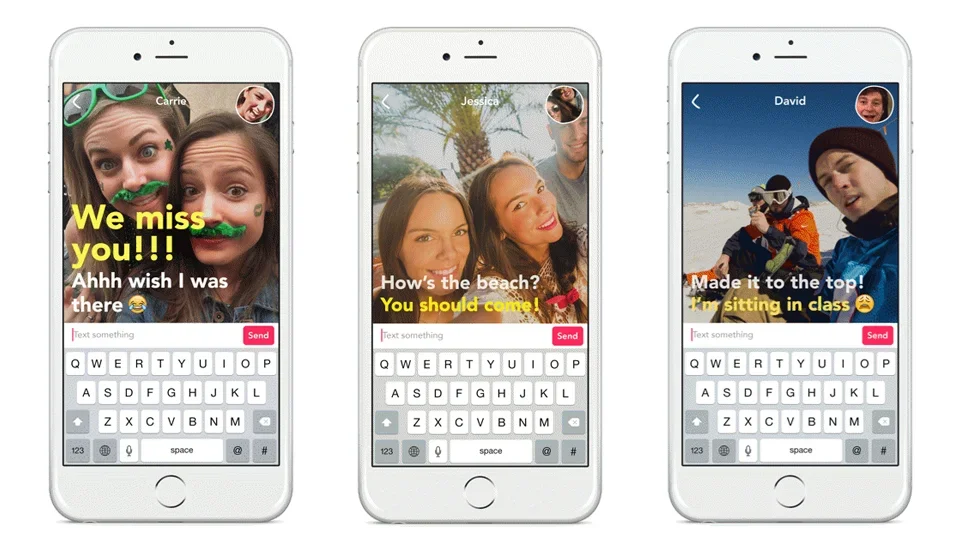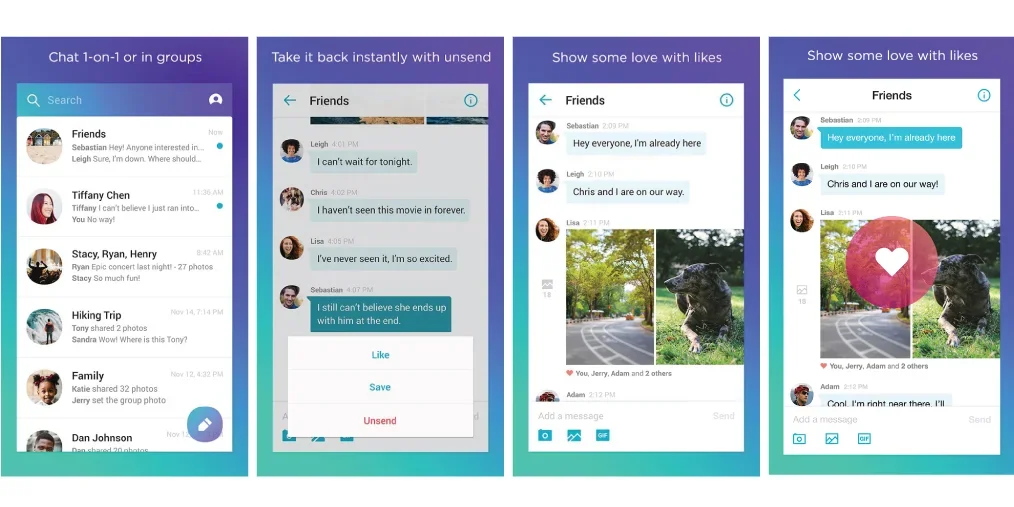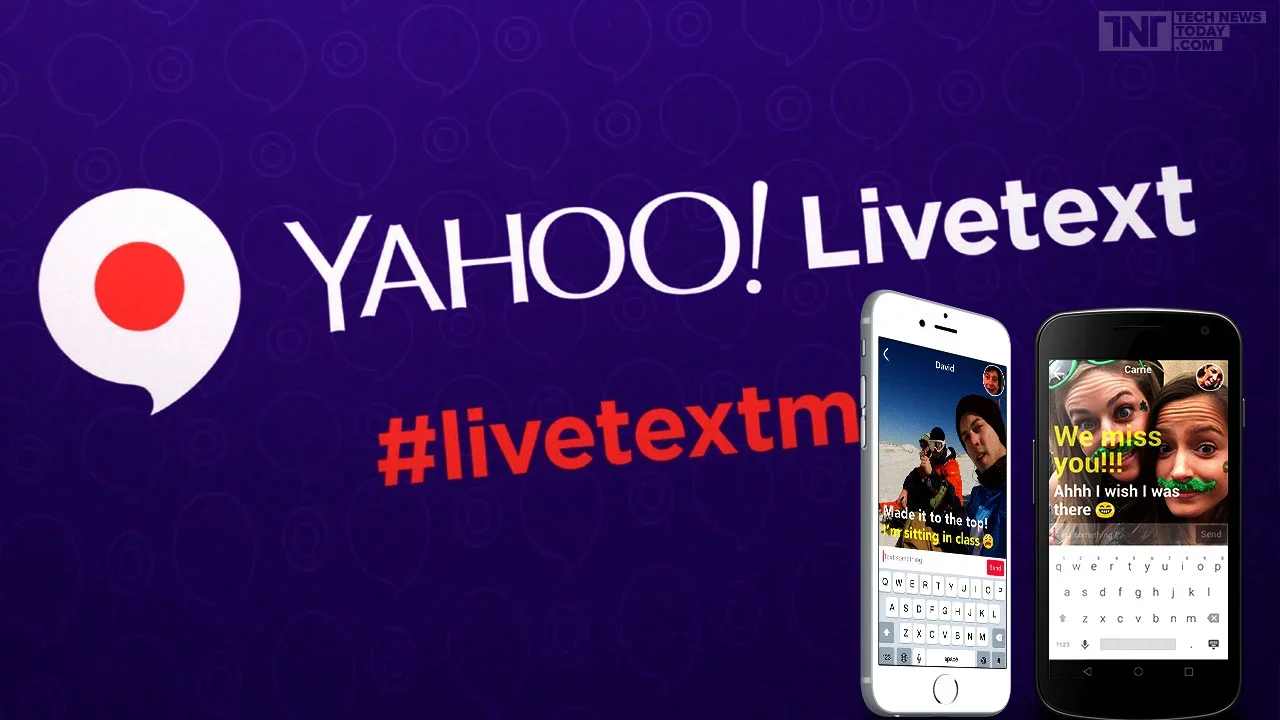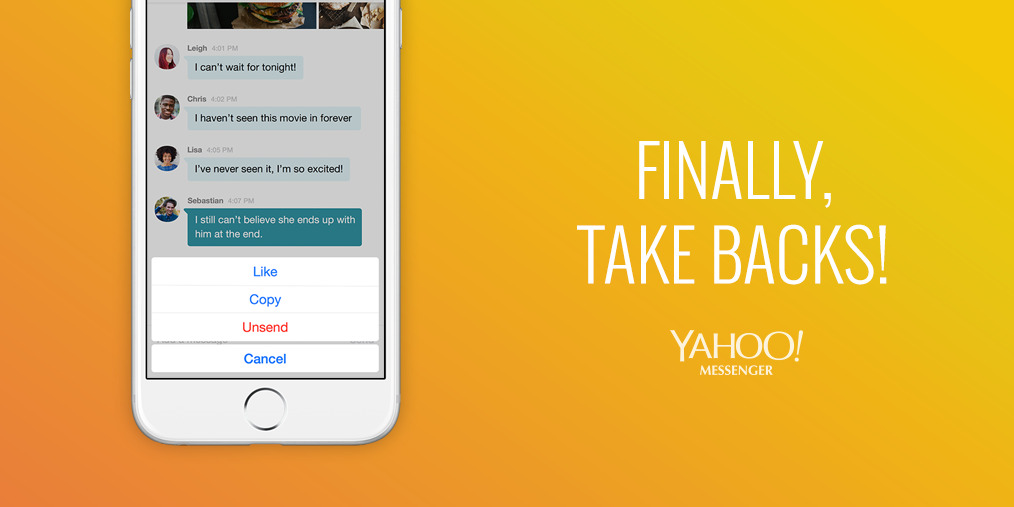Launching mobile-first apps during the Yahoo revamp
Challenge
Make legacy applications mobile-first and launch new applications to capture new users.
Context
Yahoo's communication products required a complete overhaul to align with a major brand revamp and transition to a mobile-first, modern market strategy. The challenge was two-fold: to understand 1) mobile-first while capturing new market share 2) with innovative applications.
Strategic Importance & Leadership Scope:
Led the strategic overhaul of Yahoo’s communication suite during a high-stakes brand revamp, driving the shift to mobile-first products. I architected the research framework from inception, applying advanced methods—iterative prototype testing, mental model alignment, and competitive analysis. My leadership facilitated cross-functional alignment, mitigated risk for long-time users, and informed data-driven decisions that shaped core UI and feature communication. The result was a successful product launch, informed data-driven decisions that shaped core UI with enhanced usability, and purposeful positioning of Yahoo’s messaging products.
Impact
Directed the end-to-end redesign and launch strategy, ensuring alignment with core user expectations.
Operationalized data-driven design with continuous iterative testing and high-fidelity feedback loop.
Difficulty
The Mobile Mandate: The primary goal was to make established applications mobile-first and launch new communication products, including the ambitious Yahoo Livetext, to increase satisfaction among a younger user base.
Legacy Burden: The applications were redesigned to replace the iconic, but aging, Yahoo Messenger on Android and iOS. This created a high-stakes design problem: how to create a new experience that was both competent against market leaders and respectful of the mental model of long-time users.
Innovation Risk: Launching a new product like Livetext required extensive research to predict user reactions to novel features and define the most effective methods for communicating the core value proposition to new users.
Method
I was instrumental in leading and initiating the UX research insights from the very early stages of the redesign. My role was to establish the foundational user-centric view necessary to navigate this complex legacy transition and new product launch.
Foundational Strategy & Early Stage Involvement: Led the research strategy for the entire communication product suite, ensuring that user needs were the basis for all product and design decisions regarding the new Yahoo Messenger and the new Livetext app.
Mental Model & Perception Testing:
Iterative & Cyclic Testing: Established a cyclic process of iterative testing of low and high-fidelity prototypes. This allowed the UXR function to move at the speed of Design and Product Sprints, continuously refining minor iterations based on immediate feedback.
Paired Testing: Employed methods like paired testing to capture the collaborative and contextual nature of messaging, which is difficult to replicate in standard lab environments.
Market Intelligence & Competitive Positioning:
Comprehensive Competitive Analysis: Developed a Competitive Map to position the new products against industry leaders, using a SWOT Analysis to clearly articulate the strengths, weaknesses, threats, and market opportunities for the new Yahoo messaging product suite.
First Impression Studies: Designed bespoke studies to capture unbiased first impressions of the new product concepts (like Livetext) to inform initial marketing and feature communication.
Heuristic & Usability Audit: Conducted Heuristic Evaluations and usability studies to provide immediate, actionable feedback on UI elements and ensure adherence to best practices.
Make it stand out
Yahoo Livetext interaction pages used for lab studies
Yahoo Messenger screens
Impact & Outcomes
The research engagement successfully guided the product launch and redesign, ensuring the new applications were usable, competitive, and respectful of user expectations.
Alignment with User Mental Models: Research provided critical insights that ensured the redesigned product was aligned with the target user mental model, mitigating the risk of alienating long-time users while still introducing modern interaction patterns.
Improved Usability and Workflow: Based on user workflow analysis and task scenario testing, we delivered specific recommendations that led to tangible changes to core UI elements, resulting in demonstrably better usability and task completion rates.
Data-Driven Design Decisions: The rigorous iterative testing process provided continuous, high-fidelity feedback that directly fueled design and product refinements, ensuring that the launched product was validated by target users at every stage.
Strategic Market Positioning: The competitive analysis and first-impression studies informed the product's feature set and communication strategy, ensuring the new Yahoo communication apps were competent and strategically positioned within the crowded market.
